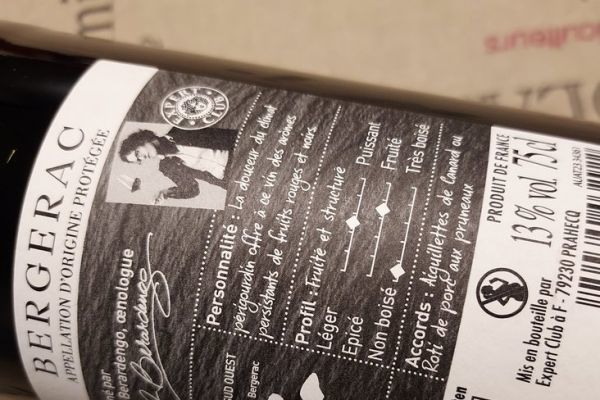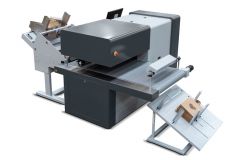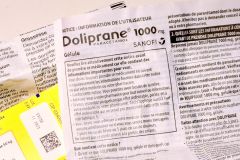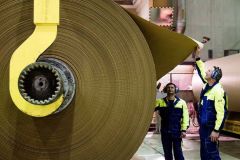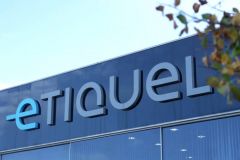Regulation (EU) 2021/2117 published on December 21, 2021 amending labelling rules for wines and aromatized wines in Europe came into force on December 8. Nutritional declarations and lists of ingredients are now mandatory on wine bottle labels. The wine industry has two options: to fit this information into the limited space available on a back label, or to opt for dematerialization via a QR code.
The essential QR codeâeuros?
Producers have the option of printing all legal notices on the available space, but unless you have a magnifying glass or even a microscope to read them, this seems difficult. QR codes are becoming a must.
What's more, the complete list of ingredients, including additives present in the finished product even in modified form, must be established in descending order of their importance in the wine-making process. This can be a long list, but above all, it can vary right up to the end of the winemaking process. On the other hand, allergens must appear legibly on the label or back label.
The nutritional table, also a little cumbersome, can be accessed via the QR code. In this case, the energy value per 100 ml must appear on the front or back of the bottle. Symbolized by the letter E, it is expressed in calories (kcal) or kilojoules (kj).
Slightly late guidelines from the EC
It was only on November 24 that the European Community issued some guidelines for implementing the new regulations.
It was agreed that wines produced and labeled before December 8 were not affected by these measures, and could be marketed while stocks lasted. The EC has therefore clearly defined what constitutes a wine that has been produced: a wine that has undergone final fermentation.
The words "ingredients" must be written near the QR code, but no information has yet been given on the language to be used.
This announcement provoked an outcry from producers who, in anticipation, had already had their labels printed with an e-code... but without the words "ingredients".
Costly dematerialization with a framework
When it comes to dematerializing information, manufacturers can either use their own systems or use the services of platforms. In this way, the consumer accesses a web page that contains no commercial or marketing information.
Given that a QR code is assigned to each batch (products produced under identical conditions), and that the compilation of information and management of the dematerialization of data flows are not free of charge, this new label is likely to generate additional costs.
Will this extra cost be borne by theâeuros consumer? We'll have to wait for the 2024 vintages and their launch in 2025 to find out.
